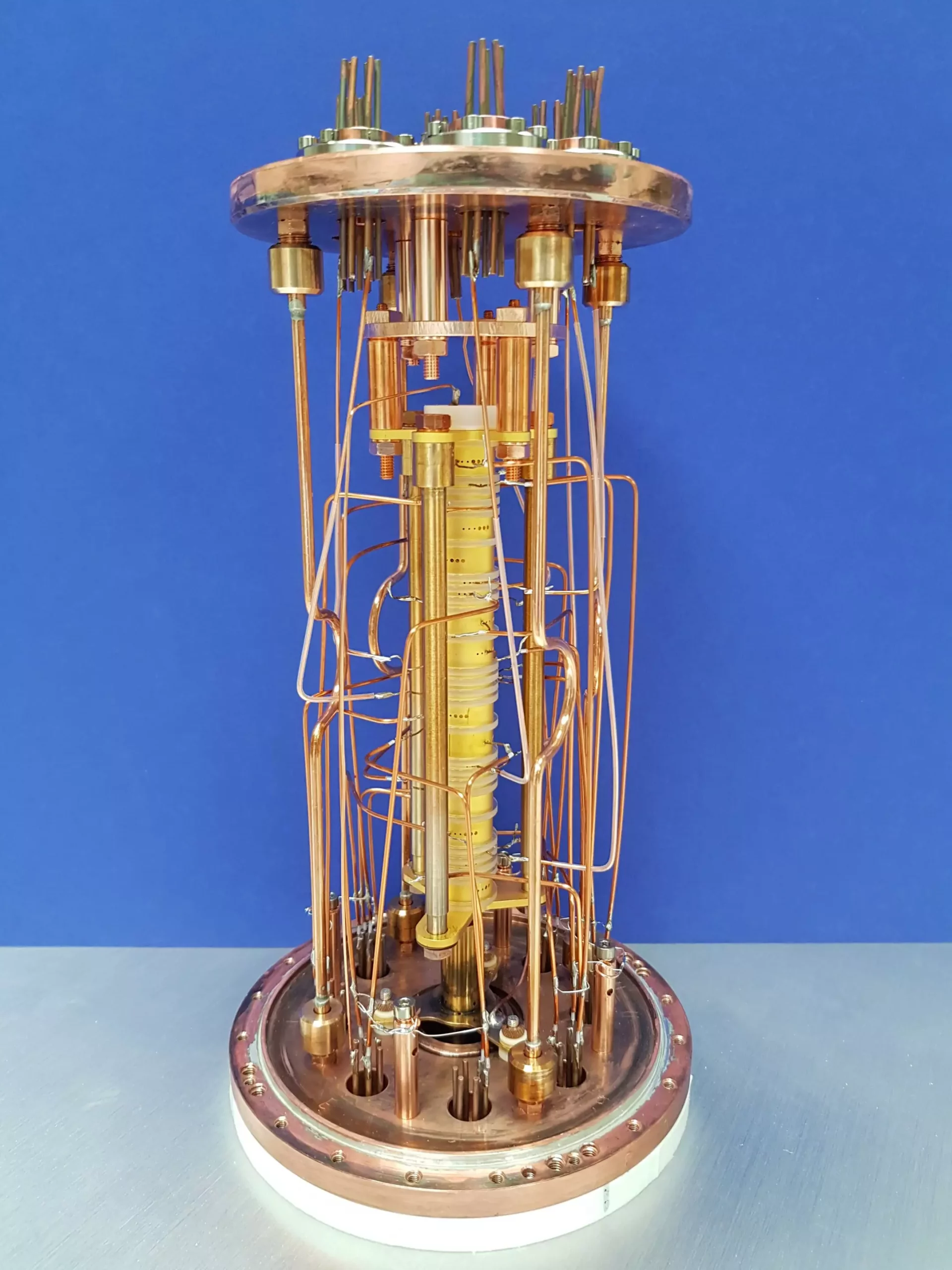The quest to determine the mass of a neutrino at rest remains one of the most intriguing and elusive challenges in the field of physics. Neutrinos, often referred to as “ghost particles,” play a fundamental role in nature. While they are known to interact weakly with matter, making them incredibly difficult to detect, their significance in the realm of particle physics cannot be understated.
Recent advancements led by Klaus Blaum and his team at the Max Planck Institute for Nuclear Physics have brought us closer to unveiling the mysteries surrounding neutrinos. Through the use of a Penning trap, the team was able to measure the change in mass of a holmium-163 isotope with unprecedented precision. By studying the process where a nucleus captures an electron and transforms into dysprosium-163, the researchers were able to determine the Q value with remarkable accuracy. This new level of precision opens up avenues to unveil potential systematic errors in determining the mass of neutrinos.
Unlike conventional methods of measuring mass, determining the exact mass of a neutrino poses unique challenges. Neutrinos are elusive particles that interact minimally with matter, making direct measurements nearly impossible. One approach involves studying the beta decay of tritium, while another method revolves around the electron capture of the artificial isotope holmium-163. These complex experiments offer insights into the relationship between energy and mass, shedding light on the enigmatic world of neutrinos.
The Heidelberg pentatrap experiment exemplifies the importance of precision in neutrino research. By utilizing Penning traps and intricate ion measurements, researchers were able to determine the Q value for electron capture with unparalleled accuracy. Collaborative efforts between experimental and theoretical groups further refined the results, bringing us closer to unlocking the secrets of neutrinos.
The discovery of neutrino oscillations shattered previous assumptions about neutrinos having zero rest mass. The existence of neutrino oscillations implies that neutrinos possess a finite mass, challenging the foundations of the standard model of particle physics. The determination of the neutrino mass represents a gateway to uncovering new physics beyond our current understanding.
Despite recent advancements, weighing neutrinos remains a formidable challenge at the forefront of scientific exploration. The limitations of current technologies and the complexity of neutrino interactions underscore the immense difficulties in precisely determining their mass. The upper limits of neutrino masses calculated thus far highlight the minuscule yet significant role neutrinos play in the vast cosmic landscape.
The ongoing pursuit of unraveling the mysteries of neutrinos showcases the relentless determination of physicists to push the boundaries of scientific knowledge. The groundbreaking advancements in neutrino mass measurements underscore the intricate interplay between theory, experimentation, and technological innovation in the quest for understanding these elusive particles. As we continue to probe the depths of the universe, the quest to determine the mass of a neutrino remains an enduring scientific challenge that holds the promise of unlocking new frontiers in physics.


Leave a Reply